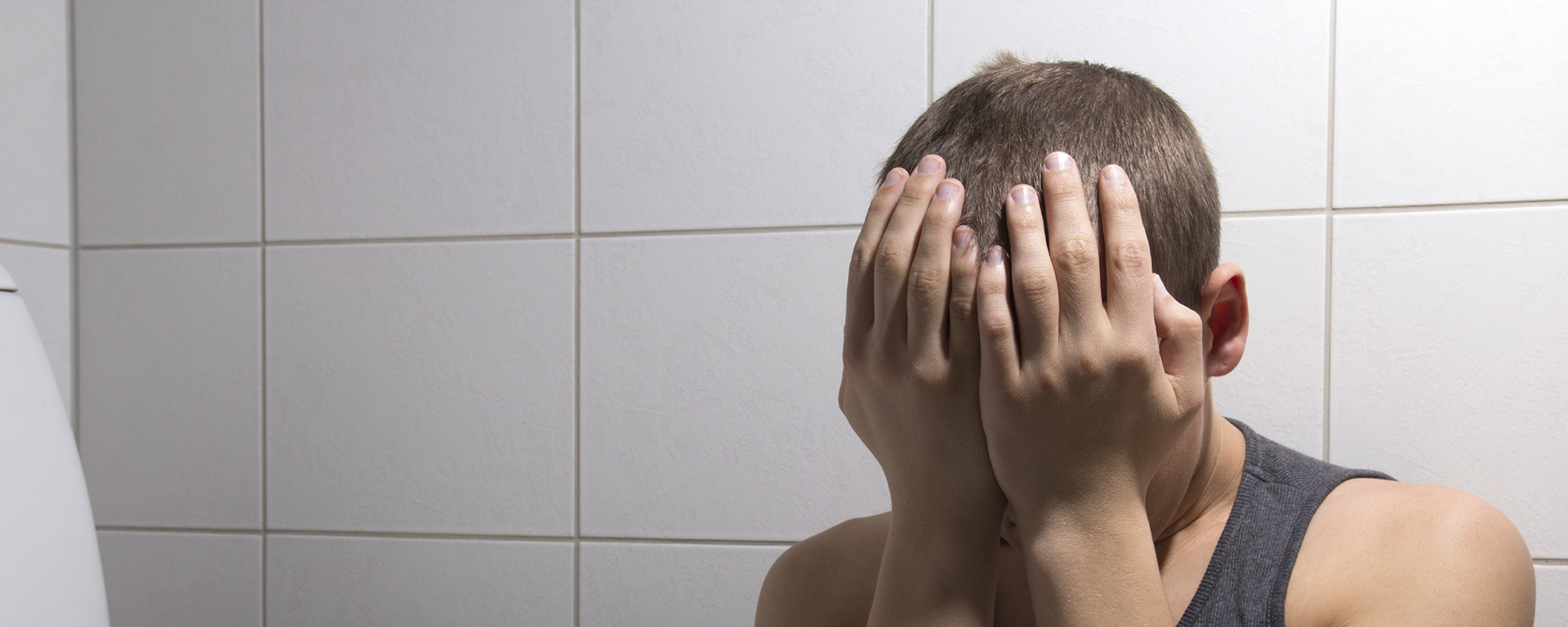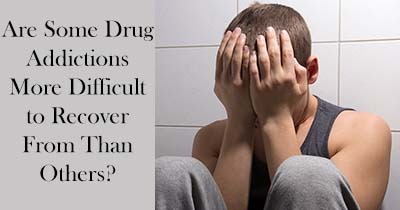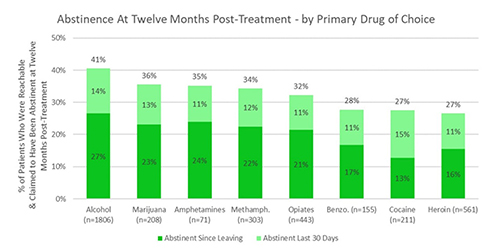
One of the questions I had in the early days of trying to understand my daughter’s alcoholism was how difficult it was to recover from an alcohol addiction was compared to addictions to other drugs.
This article looks at addiction treatment patient data in three ways to help answer this question.
Post-Treatment Abstinence Rates by Primary Drug of Choice
The first way is to compare the percentage of patients who were reachable and claimed not to be using drugs or alcohol one year after discharge according to the substance that the patient said was their primary drug of choice. This analysis shows that more patients with a primary drug of choice of alcohol were abstaining from using alcohol and non-prescribed drugs at one year post-treatment (41%) than people in treatment for any of the other types of substances:

By comparison, between 32% and 36% of patients addicted to marijuana, amphetamines, methamphetamines, or prescription opiates like Oxycontin or Percocet reported being in recovery at one year. Patients in treatment for benzodiazepine, cocaine, or heroin addiction had the poorest abstinence rates (27%-28%).
Number of Previous Substance Use Disorder Treatment Episodes
The second approach is to look at the number of times patients have attended other substance use disorder (SUD) treatment programs before the current one.
Patients entering treatment for marijuana addiction had the smallest number of previous SUD treatment episodes (1.5). Patients in treatment for alcohol, amphetamine, or benzodiazepine addiction averaged 2.1 to 2.3 previous treatment episodes, followed by patients whose primary drug of choice was prescription opioids, methamphetamines, or cocaine with an average of 2.6 to 2.8 previous treatments. Once again, heroin appears to be the toughest addiction to overcome, with patients preferring heroin averaging 4.2 previous times in treatment:
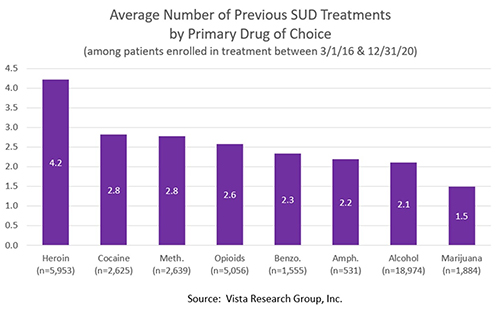
Patients in SUD Treatment for the First Time
Finally, we can look at the percentage of patients in substance use disorder treatment for the first time by primary drug of choice:
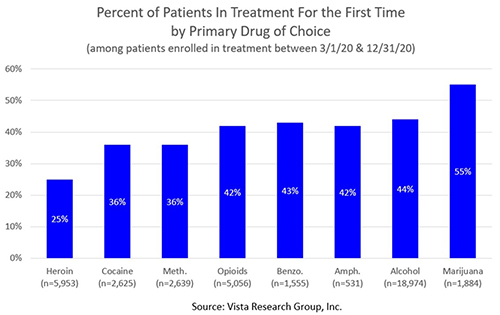
Marijuana again stands out with the highest percentage of patients in treatment for the first time (55%). The percentages of patients in treatment for the first time for alcohol, amphetamine, benzodiazepine or prescription opioid addictions are quite close, ranging between 42% and 44%. 36% of patients preferring meth or cocaine are in the treatment for the first time followed by only 25% of patients in treatment for heroin addiction.
In summary, it's pretty clear that addictions to marijuana and alcohol tend to be somewhat easier to overcome than addictions to other drugs, and that heroin addiction is particularly difficult. However, it's important to keep in mind that these analyses present averages only; there are certainly patients who are able to permanently stop using heroin after only one treatment attempt and alcoholics who require more than 10 episodes of treatment.


